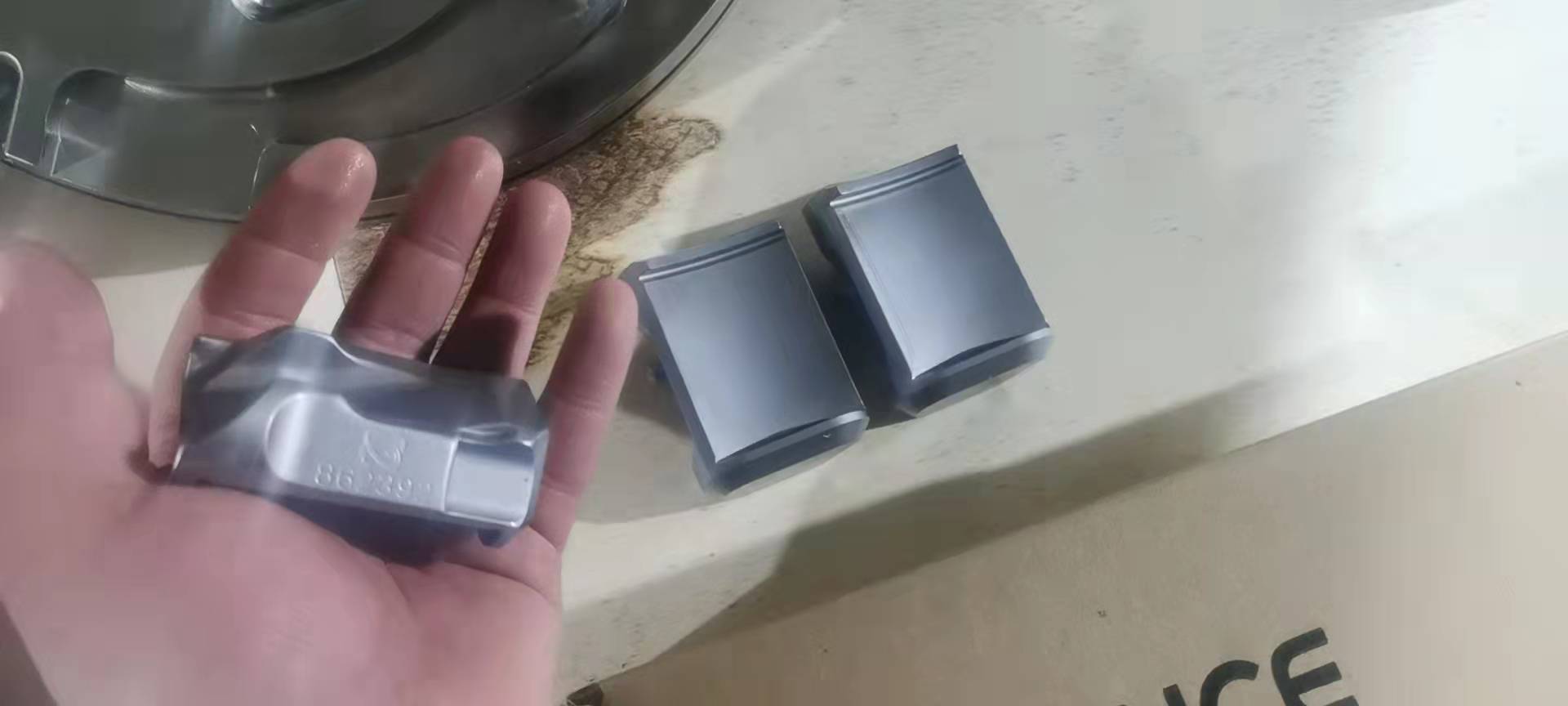
Nën . 12, 2024 21:31 Back to list
fish finger making machine
The Fish Finger Making Machine Revolutionizing Seafood Processing
In the world of food processing, efficiency and consistency are paramount, especially in the production of popular products like fish fingers. The fish finger making machine has emerged as a game-changer in the seafood industry, streamlining the complex process of fish processing and transforming raw fish into a widely loved frozen snack.
The Importance of Fish Fingers
Fish fingers, also known as fish sticks in some cultures, have become a staple in many households, particularly in Western countries. Their popularity can be attributed to their convenience, taste, and nutritional value. Packed with protein and omega-3 fatty acids, fish fingers offer a delicious way for families to include seafood in their diets. However, the traditional process of making fish fingers can be labor-intensive and time-consuming. This is where automated machines come into play.
Overview of Fish Finger Production
The production of fish fingers involves several key steps cleaning and filleting the fish, battering, breading, and finally freezing the product. Each of these stages can be significantly enhanced through automation, which reduces labor costs and increases output.
1. Filleting and Trimming The first step in making fish fingers is to obtain high-quality fish fillets. Fish finger making machines are equipped with advanced filleting technology that ensures maximum yield from each fish, with minimal waste. This not only boosts productivity but also assures that the fillets are uniform in size and thickness, crucial for even cooking.
2. Battering Once the fish is filleted, it is coated in a batter, which adds flavor and maintains moisture during cooking. This step is critical as it dictates the final texture and taste of the fish fingers. Automated battering machines can ensure a consistent and even coating, reducing human error and enhancing quality assurance.
3. Breading The next stage involves breading the battered fish. This is where the traditional charm of fish fingers comes into play, as the crispy breaded coating is a beloved characteristic. Modern machinery features advanced breading systems that allow for different types of coatings, from panko to traditional breadcrumbs, catering to diverse consumer preferences.
4. Shaping After breading, the fish pieces need to be shaped to create the iconic fish finger form. High-speed machines can produce various shapes and sizes, allowing manufacturers to innovate while meeting market demands.
fish finger making machine

5. Freezing Finally, the shaped fish fingers are quickly frozen to lock in freshness and ensure they are safe for long-term storage. The freezing units in these machines are designed to maintain the quality of the fish fingers throughout the freezing process, preventing freezer burn and preserving taste.
Benefits of the Fish Finger Making Machine
The incorporation of a fish finger making machine revolutionizes the way fish fingers are produced. Here are some of the key benefits
- Efficiency With automation, production times are drastically reduced. Machines can operate continuously, allowing for high-volume output to meet consumer demand with minimal downtime.
- Consistency Automated machines provide uniformity in size, shape, and coating, ensuring that every fish finger meets quality standards. This consistency is crucial for branding and customer satisfaction.
- Cost Reduction By minimizing labor requirements and maximizing production capacity, companies can significantly lower their operating costs. This reduction in costs can lead to more competitive pricing without compromising on quality.
- Quality Control Many modern machines are equipped with sensors and automated systems that monitor the quality at each step, helping to prevent issues before they arise.
- Sustainability Advanced fish finger making machines often prioritize sustainability, utilizing eco-friendly practices and reducing waste through more efficient processing techniques. This aligns with growing consumer demand for environmentally responsible products.
Conclusion
The fish finger making machine is a testament to the advancements in food technology and automation. By streamlining the production process, these machines allow manufacturers to satisfy the high demand for fish fingers while ensuring quality and consistency. As consumer preferences evolve and the market continues to grow, the innovation behind these machines will undoubtedly shape the future of seafood processing, making it more efficient and sustainable than ever before. In an age where convenience and quality are paramount, the fish finger making machine stands at the forefront of the food processing industry, heralding a new era for one of the world’s favorite snacks.